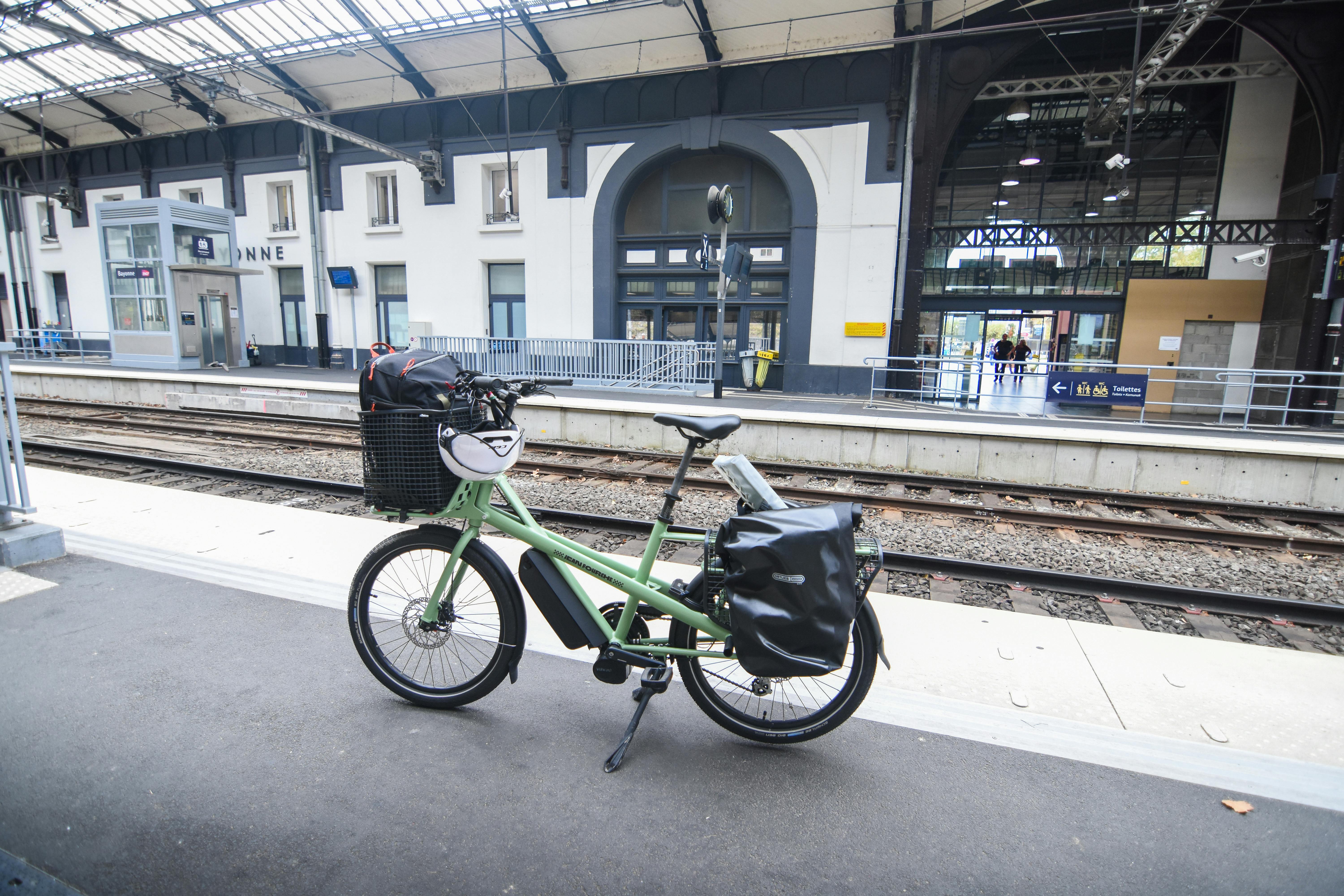Designing equitable fare models for frequent short-distance routes
Frequent short-distance travel presents unique challenges for fare design: riders make many low-cost trips, operators face high boarding volumes, and multimodal itineraries often involve transfers. This article examines principles and practical approaches to fare equity for short hops, balancing accessibility, capacity, emissions, and operational costs.

Frequent short-distance travel—commuting between neighboring neighborhoods, short errands, or last-mile hops—requires fare models that reflect distinct rider needs and system dynamics. Equity-focused pricing must consider who benefits and who is disadvantaged by flat fares, per-trip charges, or distance-based fares. Designing these models involves analyzing mobility patterns, itineraries that include transfers, and the operational realities of routing, scheduling, and maintenance while keeping accessibility and capacity constraints in view.
How can mobility and itineraries inform fare design?
Understanding mobility patterns and common itineraries is the first step in equitable pricing. Short-distance trips often cluster near activity centers, retail corridors, and transit hubs; many riders string together multiple short trips in a day. Fare models should therefore account for trip frequency and common transfer points to avoid penalizing people who rely on several short hops. Mapping itineraries helps decide whether time-based caps, transfer windows, or bundled tickets better serve riders while preserving predictable revenue for operators.
How does routing, scheduling, and capacity affect transfers?
Routing and scheduling determine vehicle load, wait times, and the convenience of transfers—factors that influence rider decisions as much as price. On short routes, vehicles can become capacity-constrained during peak micro-commutes, raising the friction of transfers. Equitable fares can incorporate transfer allowances, off-peak discounts, or prioritized short-hop services that relieve mainline capacity. Aligning schedules to reduce missed connections and designing fares that encourage balanced ridership across time reduces overload and improves overall system efficiency.
How can emissions and micromobility be factored into fares?
Integrating emissions considerations can shift incentives toward lower-carbon options for short trips. Micromobility services—shared bikes and e-scooters—often provide competitive travel times and lower per-trip emissions for short distances. Fare frameworks can combine multimodal ticketing or integrated subsidies to encourage micromobility where appropriate, while pricing conventional transit to reflect environmental goals. Any incentive scheme should be monitored to ensure it does not disadvantage riders without access to micromobility or safe infrastructure.
What role do contactless ticketing, baggage rules, and ticketing play?
Contactless ticketing simplifies frequent short-hop travel by minimizing boarding friction and reducing dwell time. Time-based fares, tap-and-go caps, or trip bundles become feasible with modern ticketing systems, enabling fairer treatment for riders who take many short trips. Clear baggage and boarding rules that apply consistently across modes prevent hidden penalties for short-distance travelers. Ticketing design should prioritize quick validation and transparent fare breakdowns so riders understand transfer allowances and entitlements.
How should maintenance and accessibility influence fare choices?
Maintenance costs and accessibility needs are essential fairness considerations: vehicles serving short routes may require more frequent boarding-aligned wear, and stops must be accessible for riders with mobility aids. Fare models should allocate revenue to cover additional maintenance from high-boarding services and fund accessibility improvements. Equity can be advanced through reduced fares or exemptions for riders with disabilities, and by designing capacity and scheduling policies that ensure accessible vehicles are available on frequent short routes.
Short-distance fare strategies should be grounded in real-world comparisons and cost insights. Operators may choose time-limited passes, per-ride charges, or distance bands; each has trade-offs for frequent riders and for system finances. Below are representative service examples and approximate cost ranges drawn from public pricing models familiar in many urban areas. These figures are illustrative and vary by city and time.
| Product/Service | Provider | Cost Estimation |
|---|---|---|
| Single subway/metro ride | MTA (New York City) | $2.75 (approx) |
| Urban bus single ride (flat fare) | Transport for London (bus) | £1.75 (approx) |
| E-scooter (unlock + per-minute) | Lime | $1.00 unlock + $0.30–$0.45/min (approx) |
| Shared e-bike (per-minute) | Bird / local operators | $0.10–$0.35/min + unlock (approx) |
| Short-trip day pass | Various local transit agencies | $3–$7 (approx) |
Prices, rates, or cost estimates mentioned in this article are based on the latest available information but may change over time. Independent research is advised before making financial decisions.
Conclusion
Equitable fare models for frequent short-distance routes combine data on mobility and itineraries with operational realities such as routing, scheduling, maintenance, and capacity. Integrating contactless ticketing, multimodal transfers, and targeted incentives for low-emission modes can reduce barriers for frequent short-trip riders. Transparent pricing, transfer allowances, and investments in accessibility ensure that fare systems serve mobility needs fairly while maintaining sustainable operations.





